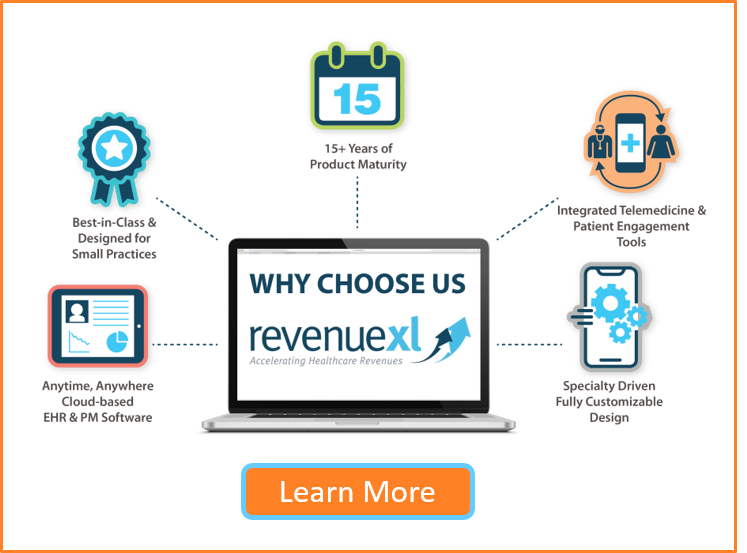Electronic Medical Records (EMR) systems are indispensable tools for healthcare practices aiming to streamline clinical workflows, reduce administrative burden, and improve patient care. But how much does it really cost to implement one in 2025? This guide explores the comprehensive costs involved—from upfront investment to ongoing expenses—using the latest benchmarks from industry sources.
EMR Cost Overview by Practice Size
| Practice Size | Implementation Cost | Ongoing Monthly Cost | Notes |
|---|---|---|---|
| Solo/Small Practice | $1,500 – $5,000 | $200 – $700 | Cloud-based pricing models preferred |
| Medium Practice | $20,000 – $100,000+ | $500 – $2,000+ | Includes customization & integrations |
| Large Hospital System | $250,000 – $1M+ | $10,000 – $35,000 | On-premise or hybrid infrastructure |
Key Cost Components
1. Initial Costs
- Software Licensing: Can range from $1,200 to $500,000+ depending on cloud vs. on-premise deployment.
- Hardware Setup: Computers, servers, networking equipment may cost $2,000 to $30,000.
- Training: $1,000 – $5,000 per provider or staff member.
- Data Migration: Typically $2,000 – $50,000 depending on the amount and complexity of existing patient records.
2. Ongoing Costs
- Subscription Fees: Cloud-based EMRs typically charge $200 – $700 per provider per month.
- Maintenance & Support: Expect $10,000 – $100,000 annually for updates, customer support, and system optimization.
- Customization: Additional workflows or templates may cost $2,000 – $10,000 depending on vendor.
Deployment Model Comparison
| Cost Category | Cloud-Based EMR | On-Premise EMR |
|---|---|---|
| Upfront Cost | Low ($1,500 – $15,000) | High ($25,000 – $500,000) |
| Monthly Cost | Subscription ($200 – $700) | Maintenance-heavy |
| Scalability | High | Medium |
| Data Security | Vendor-managed, compliant | Practice-managed |
Hidden and Indirect Costs
- Productivity Loss During Implementation: Temporary disruption during setup and training phase.
- Data Backup and Recovery: Especially critical for on-premise systems.
- IT Staffing or Support Contracts: May be required for on-premise models or custom integrations.
- Compliance and Security Upgrades: Additional costs for HIPAA, MACRA, or EPCS compliance in some systems.
Pricing Models Explained
- Per Provider/User: Common in outpatient and small practices; $100–$150 per provider/month.
- Per Encounter/Chart: Used in behavioral and specialty practices; cost scales with volume.
- Flat Monthly Rate: Often offered by all-in-one EHR platforms, includes bundled services.
Real-World Vendor Cost Examples (Estimates)
| Vendor | Estimated Setup Cost | Monthly Cost | Notes |
|---|---|---|---|
| Epic | $250K – $1M+ | Varies | Hospital-focused, highly customizable |
| Cerner | $150K – $300K | $10K+ | Oracle Health platform |
| athenahealth | $0–$2,500 | $140–$700 | Cloud-based, good for SMBs |
| eClinicalWorks | $599/provider | $449/month | Popular with small to mid-sized practices |
Return on Investment (ROI)
- Short-Term ROI: Practices may recover initial costs within 6–18 months due to improved reimbursement accuracy and streamlined workflows.
- Long-Term Savings: Over 3 to 5 years, organizations may achieve 15%–30% cost reduction through automation, reduced errors, and increased billing efficiency.
Conclusion
The cost of an EMR in 2025 depends on your practice size, feature needs, and deployment preferences. While cloud-based systems reduce upfront costs and ease maintenance, larger institutions may still benefit from on-premise systems for added control.
Need a scalable, affordable EMR tailored to your specialty? Contact RevenueXL for a free demo and pricing quote customized for your needs.






